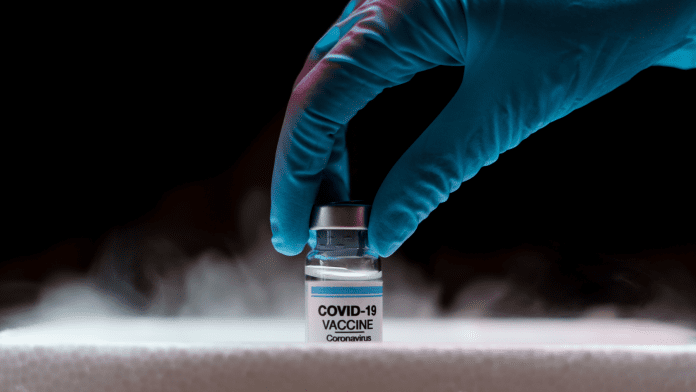AmericanPharma Technologies, a provider of technology for healthcare and biopharmaceutical products, has developed an LTE-M based monitoring Covid-19 vaccine shipments and storage in the US. It has partnered with France-based IoT chipset and module maker Sequans Communications on the solution.
The firm is using IoT sensors based on Sequans’ Monarch GM01Q module, a dual-mode LTE-M/NB-IoT solution for “ultra-low power” IoT, in its PharmaWatch vaccine monitoring system, which is being used variously with Covid-19 vaccine shipments in the US.
PharmaWatch monitors temperatures as low as minus 200 degrees Celsius and provides reporting data every 5 minutes, in line with safety requirements of the Centers for Disease Control and Prevention (CDC), the national public health agency in the US, for the transport, storage, and handling of Covid-19 vaccines.
It comes with sensors preconfigured for the required temperature ranges and can be self-installed in minutes, according to AmericanPharma. Its ‘virtual temperature buffering’ technology minimizes false alerts, it said. The Monarch GM01Q module includes an “LTE-optimized transceiver and a complete Single-SKU RF front end”, and works with NB-IoT and LTE-M in all markets.
Nick Ioli, chief operating officer at AmericanPharma Tech, said: “Sequans’ Monarch… [allows] us to meet the exacting, real-time reporting requirements necessary to ensure the efficacy of the vaccine, whether in transport or in storage…. It gives our PharmaWatch customers exactly what they need to meet the compliance regulations set by the CDC and other governing bodies.”
Didier Dutronc, executive vice president and general manager for massive IoT at Sequans, said: “PharmaWatch provides one of the most important IoT monitoring solutions active in the world today… Our Monarch module gives PharmaWatch the reliable, always-on network connection it needs to enable this critically important IoT application.”
Kimberly Tassin, director of marketing at Sequans, wrote in a blog post in February that only cellular-based connectivity will suffice for healthcare monitoring and tracking, where data security is key.
She said: “Nowhere in IoT (with the exception perhaps of banking) is data security as important as it is in healthcare IoT, where sensitive, personal patient information — including time-sensitive, critically-important data — must be monitored, transmitted, and analyzed. Data security must be established from the outset and it must extend from hospital and clinic networks on through to the connected health devices used by patients.”
She added: “To fulfil the promise of IoT healthcare and realize the high value of the market opportunity it represents, healthcare facilities and user devices need flexible, fast, and reliable connectivity even in remote areas. User devices cannot be dependent on Wi-Fi or Bluetooth tethers to smartphones, and the limitation of these types of solutions is clear: what does one do if not within the vicinity of his smartphone or Wi-Fi router, or the smartphone battery has died?
“It has become clear that always-on, everywhere-available cellular is the only connectivity technology that can provide the security and reliability, and yes, simplicity, needed for effective and dependable healthcare delivery, and for healthcare IoT devices that consumers will freely use.”

